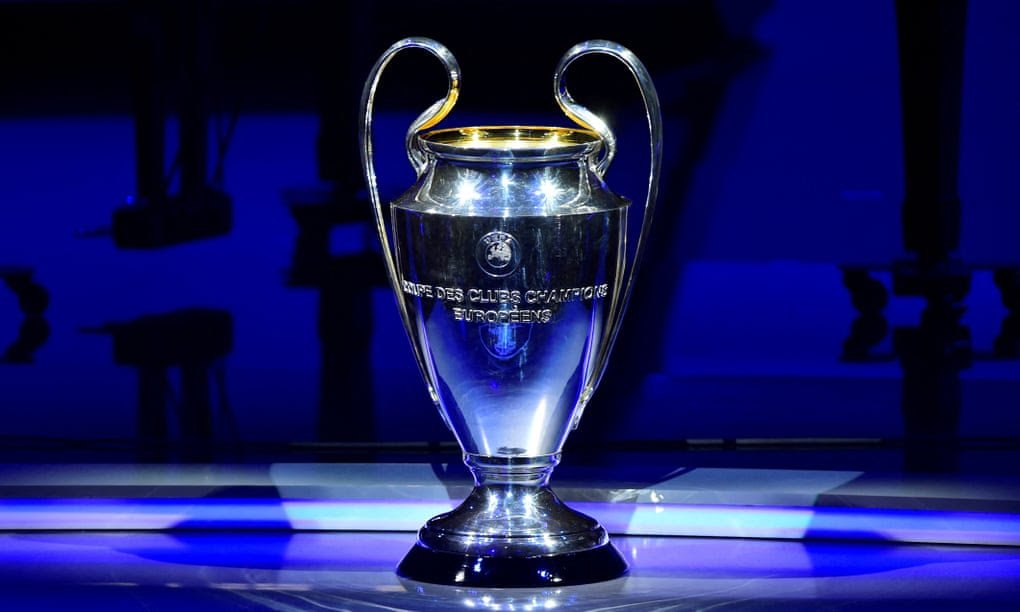Computers to decide next season’s UCL draw

The new extended Champions League structure is so intricate that the draw will be done by computer, after Uefa discovered it would take up to four hours without digital aid.
A 36-team tournament will begin next season, with results from eight rounds of league fixtures generating a table – each team will face eight opponents, four at home and four away. The top eight teams advance to the round of 16, while the remaining 16 play off to complete the knockout lineup. It is a structure that the governing body believes would produce more huge games and greater risk than the present Champions League format, but communicating its complexities may prove difficult.
For example, consider the opening league phase draw. As with the current arrangement, each side will be assigned to one of four pots based on their Uefa ranking.
In contrast to the existing system, a team will meet opponents from their own pot, with one team playing at home and another away. They will also play two opponents from each of the remaining pots. With more elements to consider, such as clubs from the same country being barred from playing one other, the group stage draw becomes increasingly tricky.
After studies revealed that the manual draw would take between three and four hours, almost the same time as the Oscars, Uefa has decided that just the initial pick of a team from pot one will be done manually. A computer programmed by a Hertfordshire-based company will then select the team’s opponents and whether they will play at home or away. Uefa believes that the process will be secure and that Ernst and Young will audit the draws, which will be aired, to verify their fairness.
There will also be fresh developments later in the draw, with tennis-style seeding applied to the knockout rounds. The first eight teams to advance to the knockout phases will be seeded based on their league phase rank, which means that the top two teams will not be able to meet each other until the final, similar to a tennis Open. Clubs will be able to plan their path to the final once the last-16 draw, which takes place before the playoffs, is completed.
The football calendar will also alter, with each of Uefa’s three club competitions, the Europa League and Europa Conference League, adopting a single league phase format and having one match week dedicated just to their fixtures. According to Giorgio Marchetti, Uefa’s deputy secretary, the format will be “the most revolutionary, or evolutionary, change in 30 years”.
With this season’s championships still to reach the quarter-finals, Uefa has taken the initiative in explaining its new format. Its success is critical, given the current state of European club football.
The new concept has been discussed since 2018 and was agreed upon by the Uefa executive just weeks before the European Super League’s failed launch.
The model will continue to face rigorous examination as owners and fans assess its merits, with the Super League project still hoping to get off the ground and other prospective challenges in the works following a legal order that banned Uefa from canceling new tournaments without good reason.
Uefa said it would split €1.2 billion (£1 billion) in solidarity payments from its club competitions each year with non-participating clubs and other events across Europe. It also indicates an increase in the number of clubs eligible to compete in Europe, from 96 to 108.
Under one highly implausible scenario, up to 11 English clubs might qualify for Europe. If West Ham defeats Freiburg this week, the Premier League’s chances of obtaining a fifth Champions League spot next season improve, and England’s Uefa rating rises.
